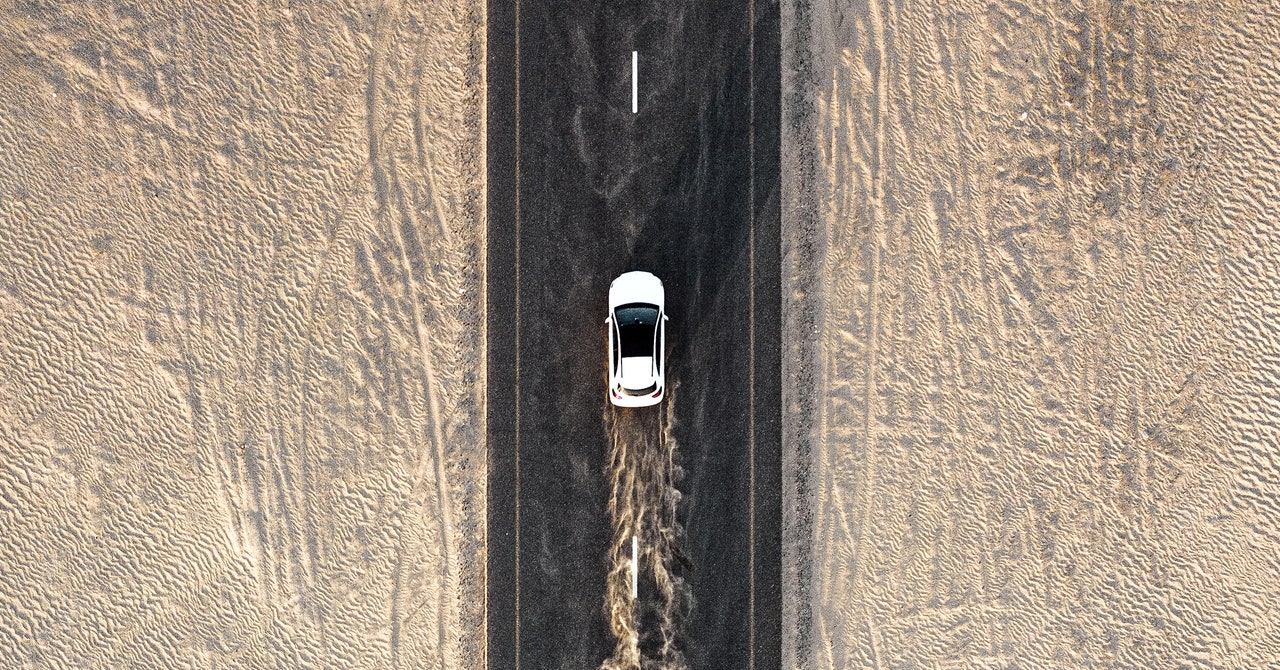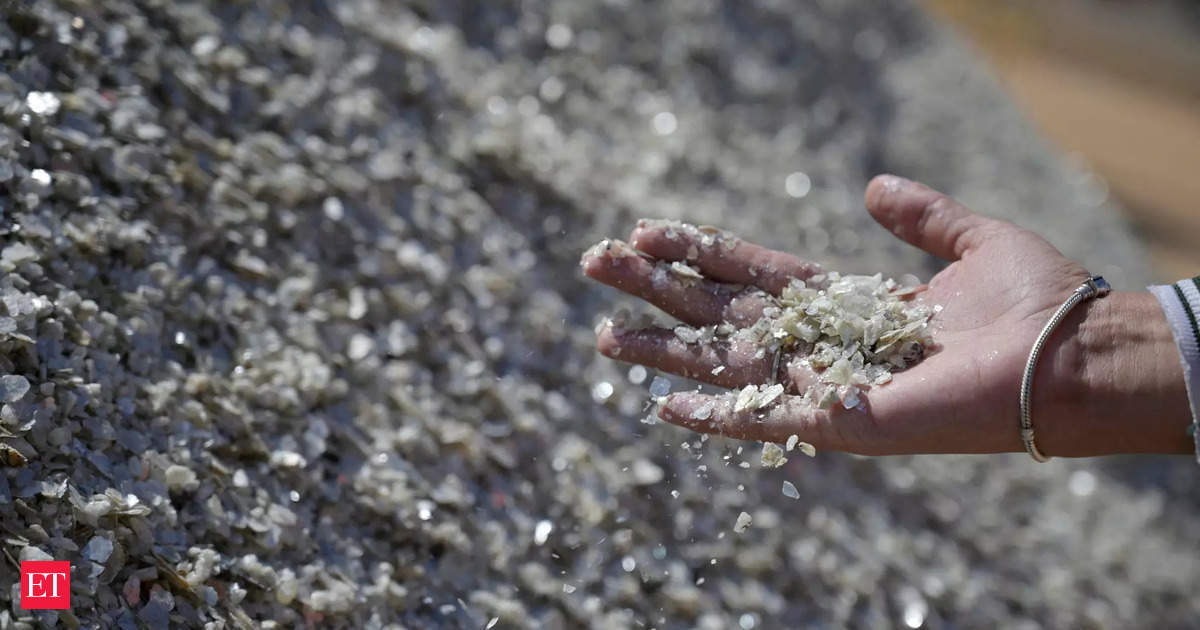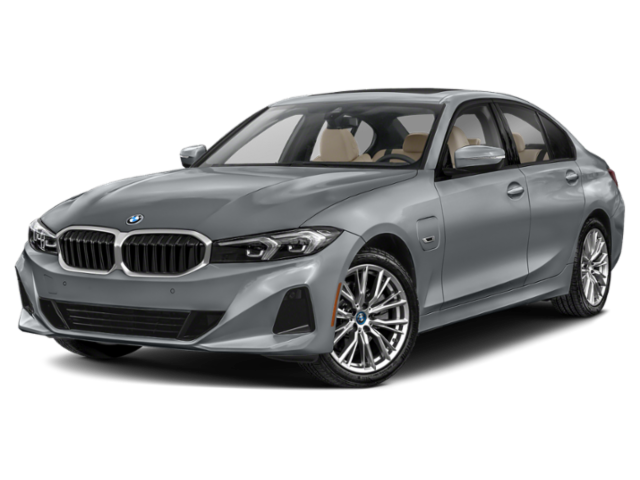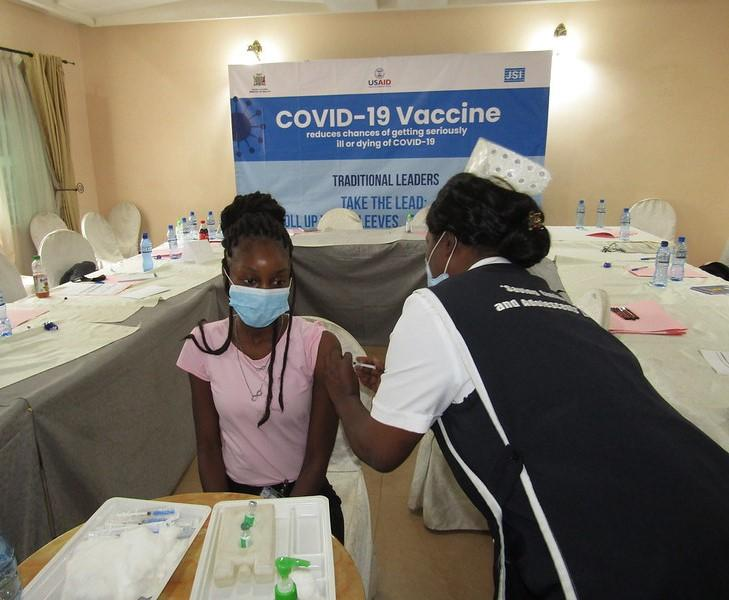...and they could be battery swap-ins on existing cars...

 www.wired.co.uk
www.wired.co.uk
Sila, a Californian company cofounded in 2011 by Tesla’s seventh staffer, is going to supply Panasonic with a US-made silicon powder for EV batteries that could banish range anxiety, slash charge times, and even reduce reliance on China.
Panasonic’s main US customer is Tesla, and produces around 10 percent of EV batteries globally. Last year, Sila signed a supply agreement with Mercedes-Benz for its new long-range G-class electric SUV, expected to debut in 2025. (The German automaker led Sila’s Series E funding round in 2019.)
Sila’s Titan Silicon anode powder consists of micrometer-sized particles of nano-structured silicon and replaces graphite in traditional lithium-ion batteries. This switch-out for EVs could soon enable 500-mile nonstop trips and 10-minute recharges. What’s more, the anode swap doesn’t require new manufacturing techniques. The black powder already powers the five-day battery life of the latest Whoop activity-tracking wearable.
“It took us 12 years and 80,000 iterations to get to this point,” said Sila’s cofounder and CEO, Gene Berdichevsky. “It’s sophisticated science.” Berdichevsky started his career at Tesla, becoming the seventh employee in 2004. He was the lead for Tesla’s Roadster battery system, leaving when the company had about 300 employees. After further study, he cofounded Sila with Tesla colleague Alex Jacobs and Gleb Yushin, a materials science professor at Georgia Tech.
...
Berdichevsky states that if you’re supplying European customers, it now pays to be off the dirty grid. A regulation passed by the European Parliament in June made it a no-brainer for Sila to locate in the town. Brussels now requires every EV battery destined for the EU market to carry a label declaring its carbon footprint; “battery passports” must digitally track batteries and their materials through the supply chain.
There are also supply-chain requirements in the Inflation Reduction Act (IRA) of 2022. To qualify for EV subsidies, battery minerals must be sourced domestically or from allies. The climate-change-focused parts of IRA mandate the US sourcing of minerals to the tune of 40 percent this year, rising to 80 percent from 2027 onward. The IRA also prohibits using critical minerals, battery materials, and other components from “foreign entities of concern.”
“If you use any material that comes from China in your batteries, then your customers will miss out on a $7,500 tax credit,” says Berdichevsky.

Panasonic’s New Powder-Powered Batteries Will Supercharge EVs
A company working with Tesla’s main US battery supplier has silicon-based tech that could soon give electric cars 500-mile ranges and charge refills in just 10 minutes.
Sila, a Californian company cofounded in 2011 by Tesla’s seventh staffer, is going to supply Panasonic with a US-made silicon powder for EV batteries that could banish range anxiety, slash charge times, and even reduce reliance on China.
Panasonic’s main US customer is Tesla, and produces around 10 percent of EV batteries globally. Last year, Sila signed a supply agreement with Mercedes-Benz for its new long-range G-class electric SUV, expected to debut in 2025. (The German automaker led Sila’s Series E funding round in 2019.)
Sila’s Titan Silicon anode powder consists of micrometer-sized particles of nano-structured silicon and replaces graphite in traditional lithium-ion batteries. This switch-out for EVs could soon enable 500-mile nonstop trips and 10-minute recharges. What’s more, the anode swap doesn’t require new manufacturing techniques. The black powder already powers the five-day battery life of the latest Whoop activity-tracking wearable.
“It took us 12 years and 80,000 iterations to get to this point,” said Sila’s cofounder and CEO, Gene Berdichevsky. “It’s sophisticated science.” Berdichevsky started his career at Tesla, becoming the seventh employee in 2004. He was the lead for Tesla’s Roadster battery system, leaving when the company had about 300 employees. After further study, he cofounded Sila with Tesla colleague Alex Jacobs and Gleb Yushin, a materials science professor at Georgia Tech.
...
Berdichevsky states that if you’re supplying European customers, it now pays to be off the dirty grid. A regulation passed by the European Parliament in June made it a no-brainer for Sila to locate in the town. Brussels now requires every EV battery destined for the EU market to carry a label declaring its carbon footprint; “battery passports” must digitally track batteries and their materials through the supply chain.
There are also supply-chain requirements in the Inflation Reduction Act (IRA) of 2022. To qualify for EV subsidies, battery minerals must be sourced domestically or from allies. The climate-change-focused parts of IRA mandate the US sourcing of minerals to the tune of 40 percent this year, rising to 80 percent from 2027 onward. The IRA also prohibits using critical minerals, battery materials, and other components from “foreign entities of concern.”
“If you use any material that comes from China in your batteries, then your customers will miss out on a $7,500 tax credit,” says Berdichevsky.




